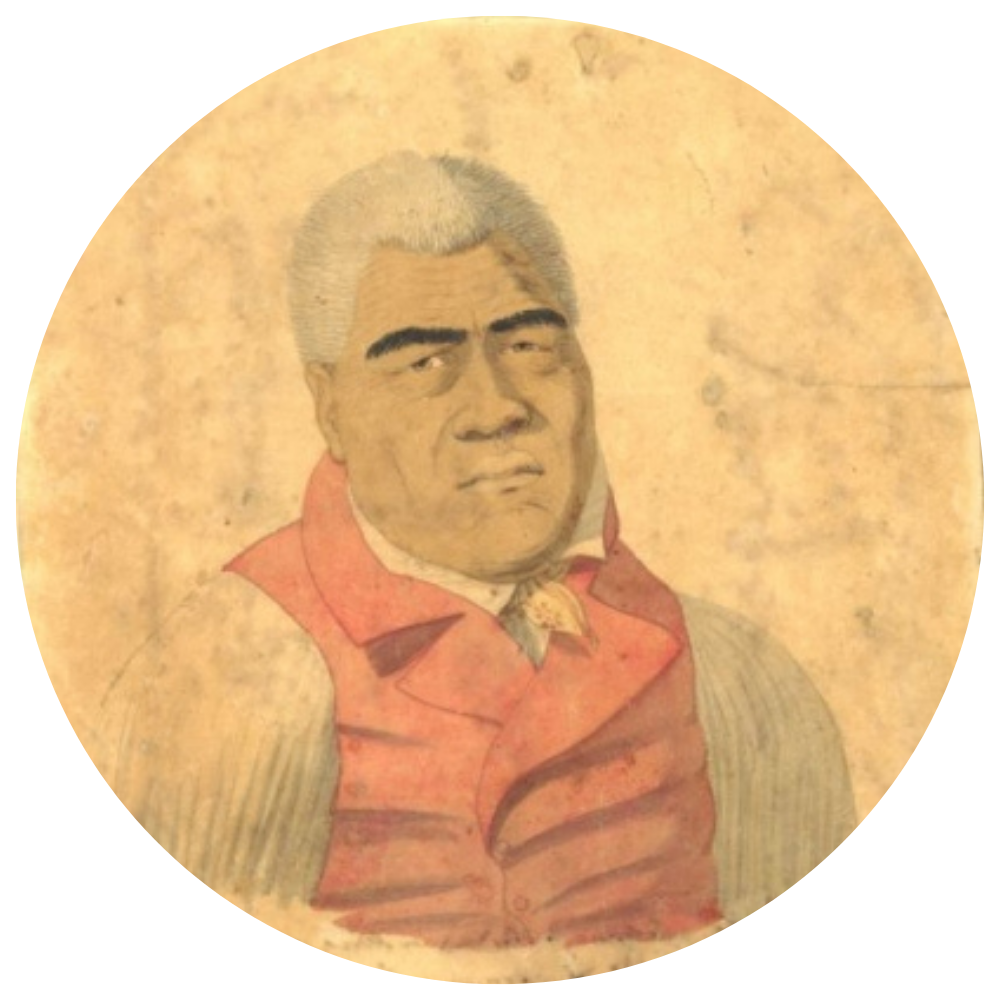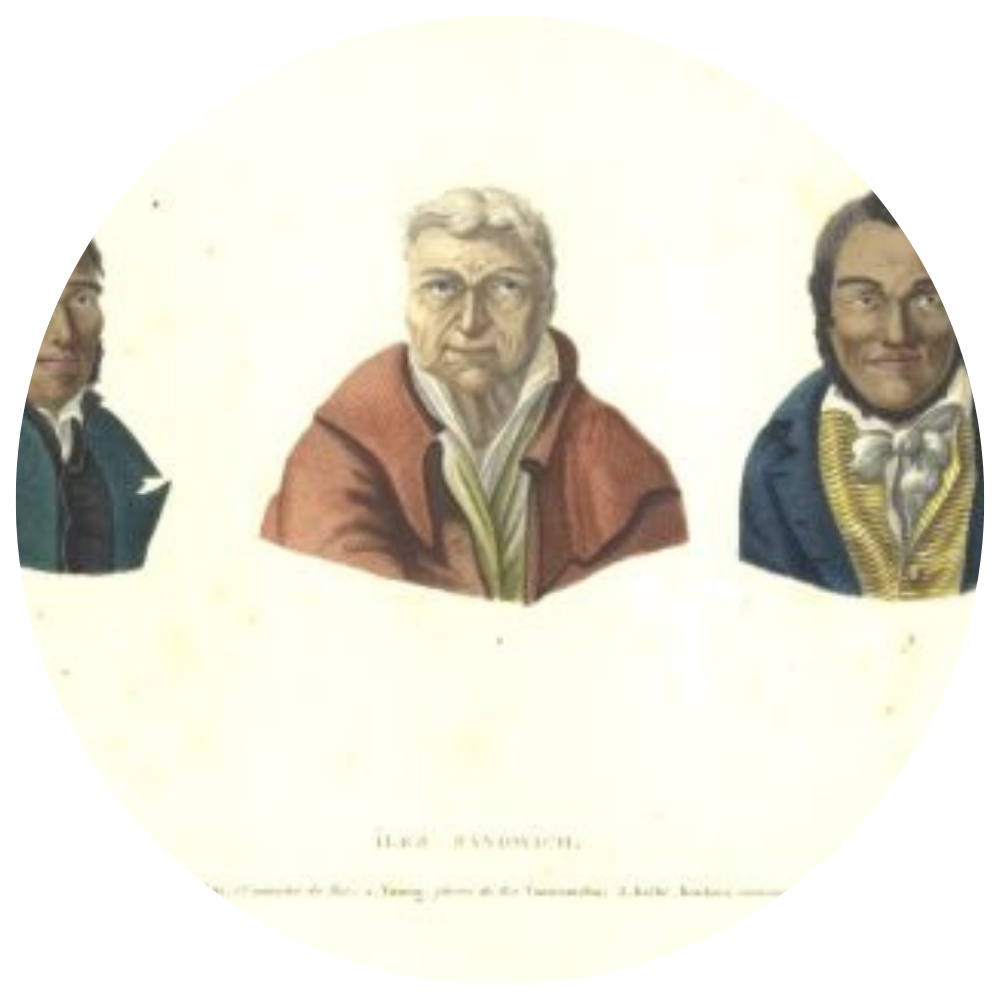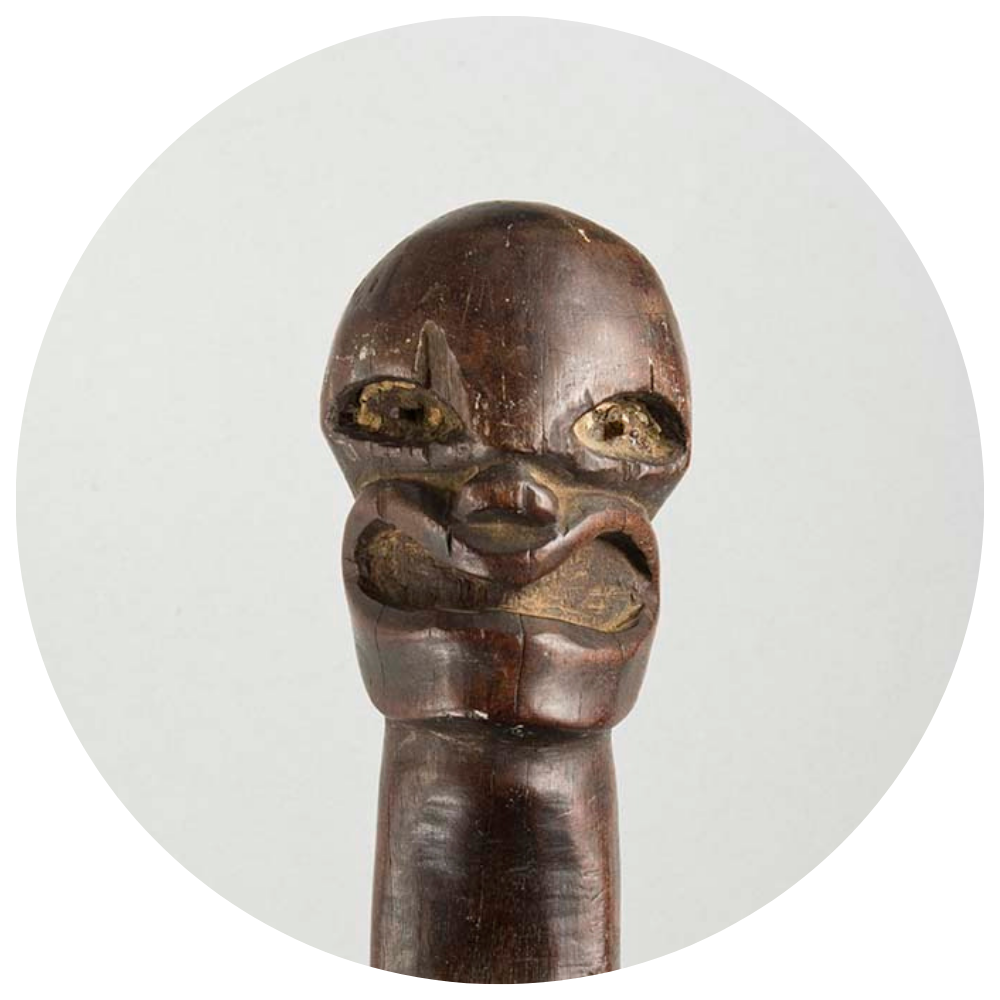Kūkāʻilimoku

Ki‘i Hulu Manu: feathered image of Kūkā‘ilimoku (Kū the land grabber), war god of Hawai‘i island.
The early Polynesians who came to the islands of Hawai‘i eventually created full, and often distinct, communities on each island. While there was contact, interaction and exchange between the islands, as a general rule, political control was at the moku (large land division within an island), or sometimes island, level. During the eighteenth century however, one of the most renowned kāula (prophet, seer) from Māui predicted the coming of one who would bring all of the islands under his rule; who would bring peace through unification. During this era, in the court of Kalani‘ōpu‘u was a young boy named Kamehameha. He was a strong and brave youth and was soon assigned to the renowned warrior Kekūhaupi‘o to train in the arts of battle. He was also assigned kāhuna to teach him the ways of the gods.
The powerful god Kūkā‘ilimoku (Kū-snatcher of islands) was one important path to power of the ali‘i nui at this time. Prior to his death, Kalani‘ōpu‘u bequeathed care of his lands to his son Kīwala‘ō, but significantly, left this god of war and politics to Kamehameha. Kamehameha and his kāhuna cared for this god with the utmost austerity and were rewarded with great success in battle. After a series of battles, Kīwala‘ō was killed at Ke‘ei and eventually control of Hawai‘i Island came to Kamehameha. Kamehameha carried his efforts at unification on to Māui and defeated the warriors under Kalanikūpule at the famous battle of ‘Iao. He was not able to take Māui at the time however, as he was called to return home to put down an uprising there.
After several unsuccessful battles with his brother Keoua Kuahu‘ula, Kamehameha took a reprieve from warfare and sought the advice of his kahuna Kapoukahi. This kahuna advised Kamehameha to build a great house for his god Kūkā‘ilimoku. This act would ensure his ultimate victory over all the islands. The entire district was called forth and labored to build the massive Pu‘ukoholā heiau at Kohalā. Upon completion this intense structure stood approx. 200 feet by 100 feet and commanded awe from all who saw it. The structure however, and the god it housed, lacked one thing, an appropriate sacrifice. Kamehameha called his brother Keoua to the heiau and indeed Keoua complied. He was killed on arrival, laid upon the alter, and the dedication was complete. Kamehameha had earned the support of Kūkā‘ilimoku.
With the full power of his war god behind him, Kamehameha launched his massive Peleleu fleet of warships. Upon landing on Māui the ships were said to cover the beaches from Launiupoko to Mala. Kamehameha continued on to Moloka‘i and then launched his decisive battle against Kalanikūpule at O‘ahu. After defeat at Nu‘uanu, Kalanikūpule was later taken and offered in sacrifice to Kūkā‘ilimoku. With only Kaua‘i remaining not under his rule, Kamehameha again launched his fleet. This attempt would be unsuccessful, as a great storm would sink much of the fleet. Later, after a meeting of the two great ali‘i nui, an agreement was made to allow Kaumuali‘i to rule over Kaua‘i until his death at which time Kaua‘i too would be given over to Kamehameha. With this Kamehameha had fulfilled the prophecy and created the Kingdom of Hawai‘i, over which peace would rule for most of the next century.
Origin: Hawai‘i
Collection: ABCFM Collection
Artifact Number: 07855






